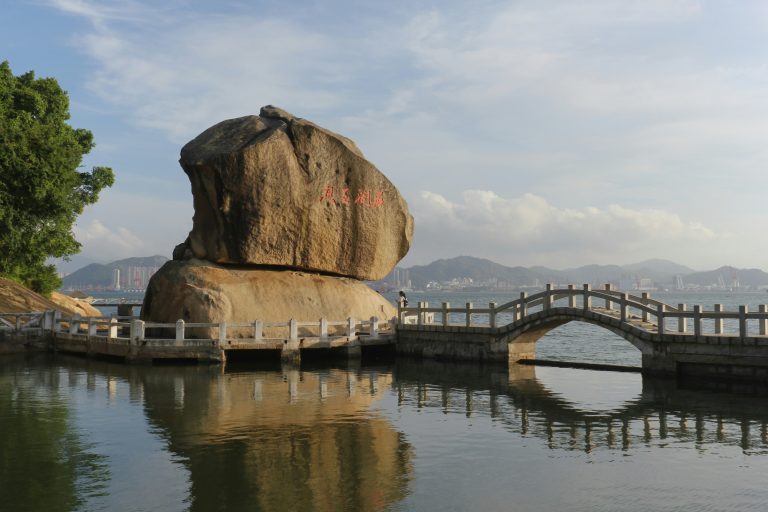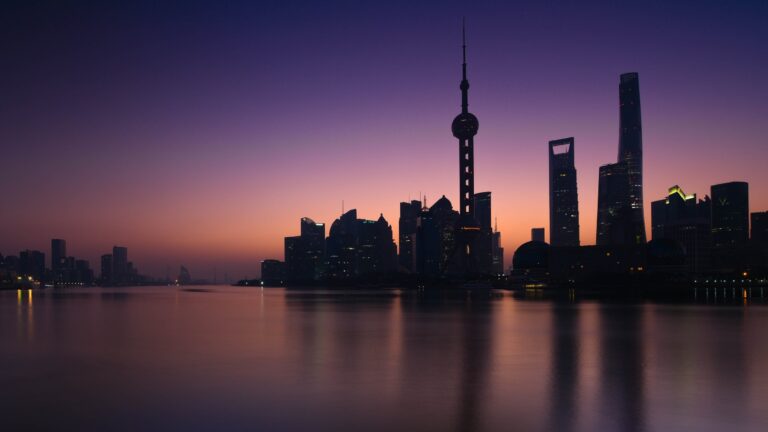Editor’s note: This is the last post for our September of prayer for Lanzhou, and we’re wrapping up by getting an insider’s look into the city from Ben Chen, who grew up there. He talks about what it was like in Lanzhou when he was a child, and how he perceived it, both then and now. We hope this will help you better understand and pray for Lanzhou and its people!
China Partnership: What was Lanzhou like in your childhood?
Ben Chen: I grew up during the Cultural Revolution. For me, it was a very turbulent period. My parents worked in different units, and my father traveled a lot or had meetings. Basically, childhood was play.
In my childhood, Lanzhou had a lot of heavy industry on the west side of China. Our family lived in a cultural development area, with many universities. My neighborhood had a high concentration of intellectuals, as well as military families, some factory workers, and a few farmers’ families. I grew up in this mixed situation.
Later, when I came back to Lanzhou after college, things were very different. Lanzhou had accumulated many well-respected professors and intellectuals, people who used to be in Beijing or Shanghai, but who were not “Red” enough.[1] Some people even called Lanzhou University “Little Beijing University.”[2] Lanzhou schools had good teachers, because these people got sent to Lanzhou on “probation.” But after the 1980s, when China reopened, everybody left.
Lanzhou had accumulated many well-respected professors and intellectuals, people who used to be in Beijing or Shanghai, but who were not “Red”” enough.
The western part of China is heavily concentrated on oil, iron, and industry. But where I grew up was a very intellectual part of Lanzhou. You can say that Lanzhou is a cultural center of western China, sharing this power with Xi’an. Xi’an is more of a cultural center, but Lanzhou is connected with Xiniang, Xining, and Yingxiang.
CP: It sounds like Lanzhou had many people who were being “punished.” Maybe they were not very stringent dissidents, but leaned this way a little bit?
Chen: You are right. Every political movement made Lanzhou become a bit more concentrated with political dissidents and the intellectual movement in western China. We didn’t call these people political dissidents. Maybe they said something [they weren’t supposed to say] in the 50s, so they became viewed as the extreme right and got sent to Lanzhou. Or some people got sent to a really bad place, but after a few years, when they acted okay, they finished their time in a concentration camp but could not go to Beijing or Shanghai. Instead, they could stay in Lanzhou.
Those people that did have faith, normally you heard of three faiths: Communist faith, Muslim faith, and Buddhist faith. Not Christianity.
CP: When you were a kid in Lanzhou did you ever hear or know of any Christians?
Chen: After I became a Christian, when I came back to Lanzhou to visit with my family, then I started connecting with house churches. Before, I didn’t hear anything. Most people were Uyghur – mostly, any religious faith you met would be Muslim. I did have Muslim friends like that – surely you know of Lanzhou Beef Noodles?
Lanzhou is mixed with different people, some Tibetan, but mostly Muslims. Those people that did have faith, normally you heard of three faiths: Communist faith, Muslim faith, and Buddhist faith. Not Christianity.
Later on, we found you actually there are a lot of Christians. The hospital and the school were built by missionaries – but that was really later, when we became Christians.
CP: How do you think the city has changed now since you were a child?
Chen: During the 80s and 90s most of the intellectuals and smart people, there was a phase called “Southeast Fly the Peacocks.”[3] All these people “flew” back to the east. One of the reasons I went to an eastern city for university education is because my parents wanted to go back east. So when China opened the door [to the West], Lanzhou became more backward and less developed. This lasted until the 2000s,when companies started developing west again.
This is my major prayer: Lanzhou is a mixed-faith place, and an ancient city. I pray it will be used as a launching pad.
Most Christians, the reason they come to Lanzhou is because Lanzhou is the beginning of the Silk Road. There are many minority faiths there.
CP: I imagine Lanzhou still has a special place in your heart since you grew up there. When you think about Lanzhou, how do you pray or hope the gospel will transform the city?
Chen: Lanzhou is a really mixed area in terms of Han Chinese, Muslims, and Buddhists. It’s a little like Chengdu, it is less developed, but there are a lot of people there. Lanzhou has good infrastructure, with universities. In terms of local trends, Lanzhou is a very good place for the Chinese church.
This is my major prayer: Lanzhou is a mixed-faith place, and an ancient city. I pray it will be used as a launching pad.
[1] Being insufficiently “Red” means that these people were viewed as not Communist enough.
[2] Beijing University, or Bei Da (北大) is one of China’s top universities, somewhat akin to Yale or Harvard in the U.S.
[3] This is the title of a famous Chinese poem from nearly 2,000 years ago.
Ben Chen is the Regional Director of East and Southeast Asia and the former Director of Chinese Language at Third Millennium Ministries. He was the senior pastor of Orlando Chinese Evangelical Christian Church from 2004 to 2015.
Pray for Lanzhou to turn to Jesus and that many people from this city will love and follow him.































